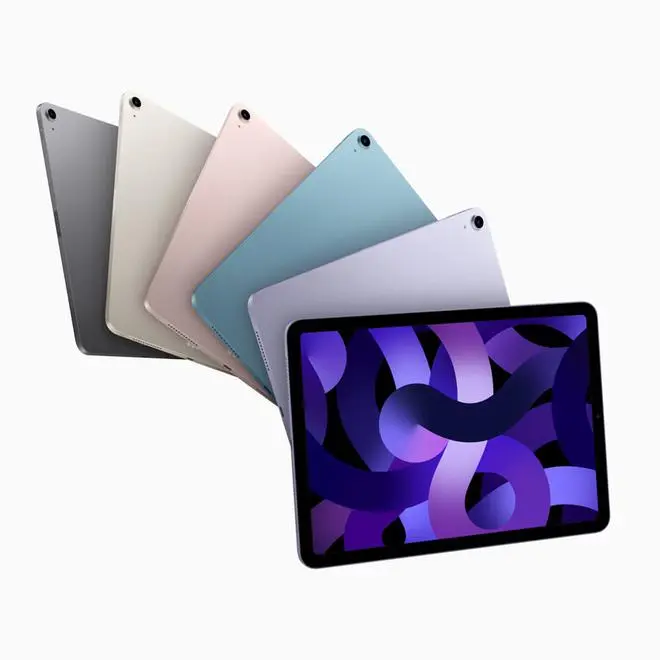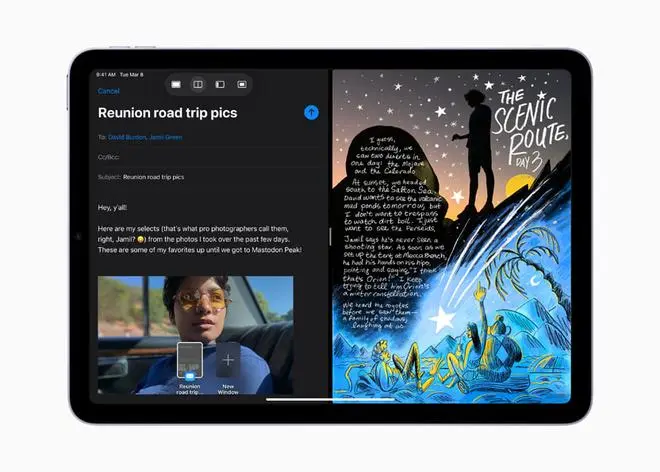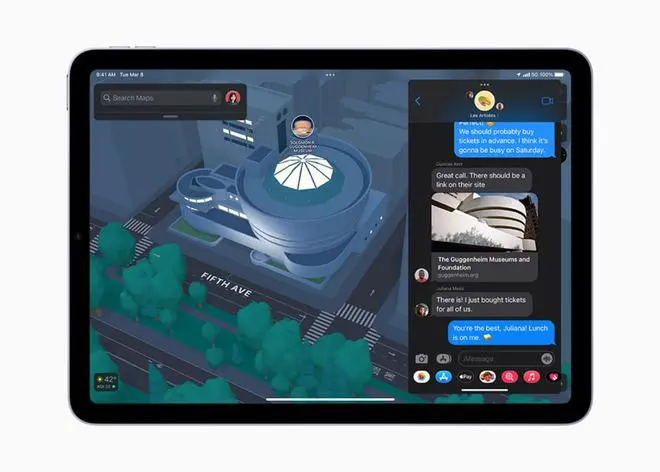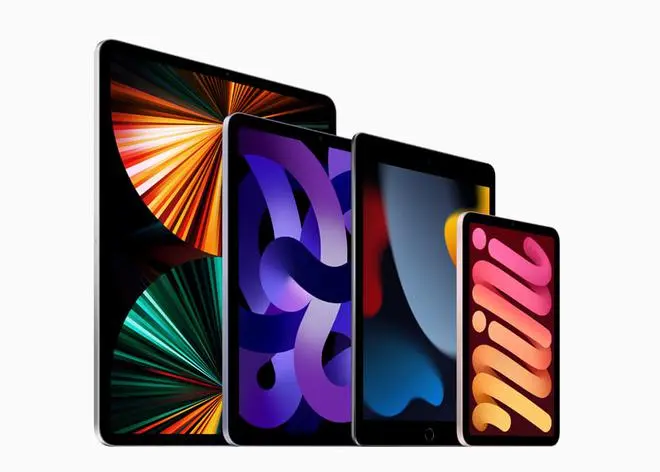The iPad is a strange device. Ever since it was introduced, people were not quite sure where it fits in their usage and workflow. For me, it started as a consumption device. I would use it to read everything from magazines and books, to newspapers and manuals.
Over the years, as the iPad got upgraded, I started using it for media consumption as well. Not so much for movies, but more for short videos and music. The Pro models started becoming so powerful that they actually replaced my laptop, atleast for short trips and as a meetings device. Then came the iPad Air, a thinner, lighter version, with lesser power but adequate for most tasks that I would put it through.
Air power
And then, the iPad Air got more power. Apple’s M1 chip is an absolute powerhouse for my kind of work. I don’t edit videos (which you can) on my iPad, but I do edit photos, and apps like Lightroom, Affinity Publisher and Procreate make for a fantastic toolkit for making great images. So much so that no matter what I throw at it, the iPad Air can handle it with ease. In some ways, I feel Apple has cut into its market with the iPad Air. I longer have the need for the more expensive and powerful Pro; the Air just takes care of everything.
For a start, there is more screen — all 10.9 inches of it. The bezels have been reduced and you get a nice edge-to-edge display, much like the Pro models.

And then there is the change in the front-facing camera. For the longest time, the FaceTime camera was very limited. On the iPad Pro, Centre Stage was introduced to bring to the centre the object in focus — you! This feature is now on the iPad Air and works brilliantly. I end up using Microsoft Teams, Zoom and Google Meet for many business calls, and Centre Stage works perfectly in all those apps; a nice blurred background and just you in the centre. If another person were to stand or sit next to you or come into the frame, the camera immediately readjusts and brings both people into the frame. Again, centred.
For connectivity, the Air now has Wi-Fi 6 and if your routers support it, you get blazing speeds. If you are fortunate enough to have a 5G network, then the Air also takes full advantage of that. The USB-C port delivers up to 10 Gbps transfer rates and is also much faster when connecting to devices like cameras, hard disks and displays. I used it to dump photos from a recent trip and did not miss my MacBook at all. Later, I transferred the images over the network to my storage and all was good.

Did I mention that the iPad can now charge a phone? I needed to do that a few days ago after a 24-hour power cut left my phone drained; I charged the phone and still had some battery left on the iPad, a total lifesaver.
Travel by Air
While not exclusive to the iPad Air, one big difference has been iOS 15. Improved multi-tasking, easy to use gestures and the Files application have all led the iPad to become a great travel laptop. I am currently away from home and while I am carrying my MacBook, I almost exclusively use the Air as my primary device.
The new Apple M1 chip brings with it power and speed that is simply amazing. The claim is 10x faster, but that is only seen when running benchmarks. In the real world, what it means is every app I use works blazingly fast. At the time of writing this, I have more than 32 apps open and not one of them is suffering. CPU and GPU intensive programs like Procreate and Affinity seem to sing along. I can create multi-layer images and apply effects which are rendered immediately.
Have iPad, will game
While I am not a gamer, games in the Air have also become console-like. I got my son to play a few games and after a while, he refused to return it to me. The beauty is it does all these things with a battery that doesn’t seem to drain out. All-day battery life for everything I throw at it and still plenty of juice left. I have an automation that says “give me juice or give me death” when the iPad reaches below 20 per cent battery levels, but I usually chicken out before that and charge it up.

As far as accessories go, the new Air is the same size as the previous generation and therefore, the magic keyboard and the smart folios all fit and work with no issues. The supported Pencil is the Gen 2 Pencil and it snaps onto the side. When I have my MacBook and am at home, I tend to use universal control to manage the iPad; but when I leave the house, I like carrying the magic keyboard with me. The Pencil, too, has gained new functionality and now has several tricks up its sleeve. You can write in any input box, search bar, or erase text, and if you use it for notes and drawing, it is indispensable.
Goodbye Pro
This brings me back to the beginning.
So where exactly does the iPad Air fit? Is it a laptop replacement, a bigger iPhone, or a consumption and creation tool? For me, it has become all three. I use it as a replacement for my MacBook which, by the way, is a super-duper souped-up machine, and while the iPad doesn’t handle things like my virtual machines and development stack, it certainly works brilliantly as a writing device — everything from the long and short emails to articles like this one get done on my Air. I consider it the Goldilocks of iPads, not too big and not too small, but just right as a daily driver.

Sorry Apple, I won’t be buying a Pro anytime soon. My go-to for the Pro kind of work will still be a MacBook but for reading, writing, listening to music, watching videos and short travels, the iPad Air it is.
It costs ₹54,900








Comments
Comments have to be in English, and in full sentences. They cannot be abusive or personal. Please abide by our community guidelines for posting your comments.
We have migrated to a new commenting platform. If you are already a registered user of TheHindu Businessline and logged in, you may continue to engage with our articles. If you do not have an account please register and login to post comments. Users can access their older comments by logging into their accounts on Vuukle.